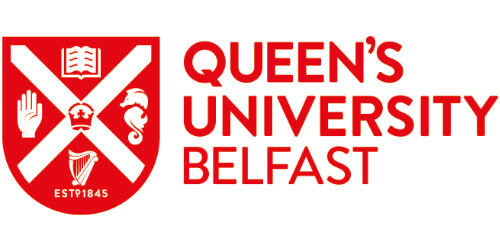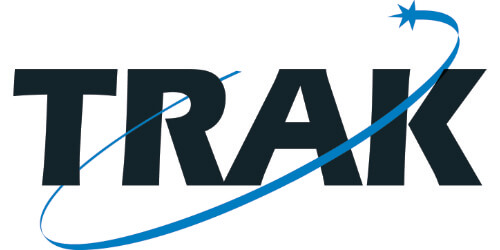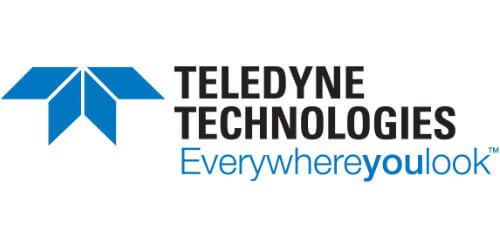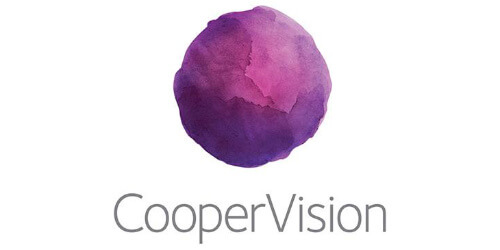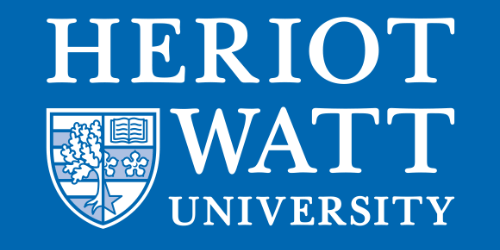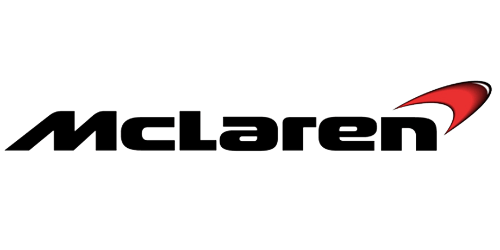Delivering genetic material such as RNA or DNA into human cells is a central challenge in the development of next-generation medicines - from gene therapy to RNA-based vaccines. In the search for safer, more stable delivery platforms, researchers are increasingly turning to polymer brushes: nanoscale coatings made of densely packed, hair-like polymer chains tethered to a surface.
These coatings offer highly tunable properties. Scientists can alter their thickness, chemistry, and structure, making them ideal for precisely interacting with fragile biological molecules. But until recently, it wasn’t fully understood how these brushes interact with different types of nucleic acids, particularly larger molecules like mRNA and plasmid DNA.
A team at Queen Mary University of London, led by Julien Gautrot, has now taken a major step forward in understanding these interactions. Their findings were published in Journal of Colloid and Interface Science, where they detail how polymer brush coatings interact with various genetic materials during delivery.
Before growing the polymer brushes, the team used a Henniker Plasma HPT-200 to treat silicon substrates with a 5-minute air plasma clean at 200 W. This surface activation process oxidised and cleaned the silicon wafers, ensuring a high-quality starting surface for brush growth.

What did the researchers find?
Using a combination of surface-sensitive techniques—including surface plasmon resonance (SPR), ellipsometry, and neutron reflectometry—the team measured how different nucleic acid materials interact with the brush layers. These included short DNA and RNA oligos, as well as longer strands like mRNA and plasmid DNA.
They discovered that:
-
Short strands of RNA and DNA (like siRNA) infiltrated deeply and packed densely within the polymer brushes.
-
Larger molecules, such as mRNA and plasmid DNA, partially penetrated the brush structure and reached lower surface densities.
-
RNA bound more densely than DNA of the same size, possibly due to differences in hydrogen bonding.
-
The structure of the brush itself—such as its thickness and softness—played a significant role in how well different nucleic acids could bind.
These findings suggest that polymer brush coatings could provide enhanced protection for small therapeutic RNAs, shielding them from enzymatic degradation during delivery. Meanwhile, delivery systems for larger molecules may require structural tuning to improve capture and release efficiency.
The Role of Plasma Treatment
Although brief, the plasma treatment step using the Henniker Plasma HPT-200 was essential to the success of the experiment. Plasma cleaning prepared the silicon surfaces for uniform silanisation, allowing the researchers to grow highly controlled polymer brushes with reproducible properties—an essential foundation for the multi-layered analyses that followed.
This study is a clear example of how surface modification using plasma treatment plays an important role in the development of advanced biomedical materials. By enabling clean, reactive surfaces, the HPT-200 helped unlock valuable insights into how genetic material can be safely and efficiently delivered into cells.
Keywords
- Polymer brushes
- Gene delivery
- Surface activation
- Plasma treatment
- HPT-200
- Nucleic acid binding
- Biomaterials
- RNA therapy
- Surface plasmon resonance
- Neutron reflectometry
References
Readers are referred to the original print, available through the provided DOI link, or click the link below for further details on the Henniker Plasma HPT-200.
[1] The formation and architecture of surface-initiated polymer brush gene delivery complexes

